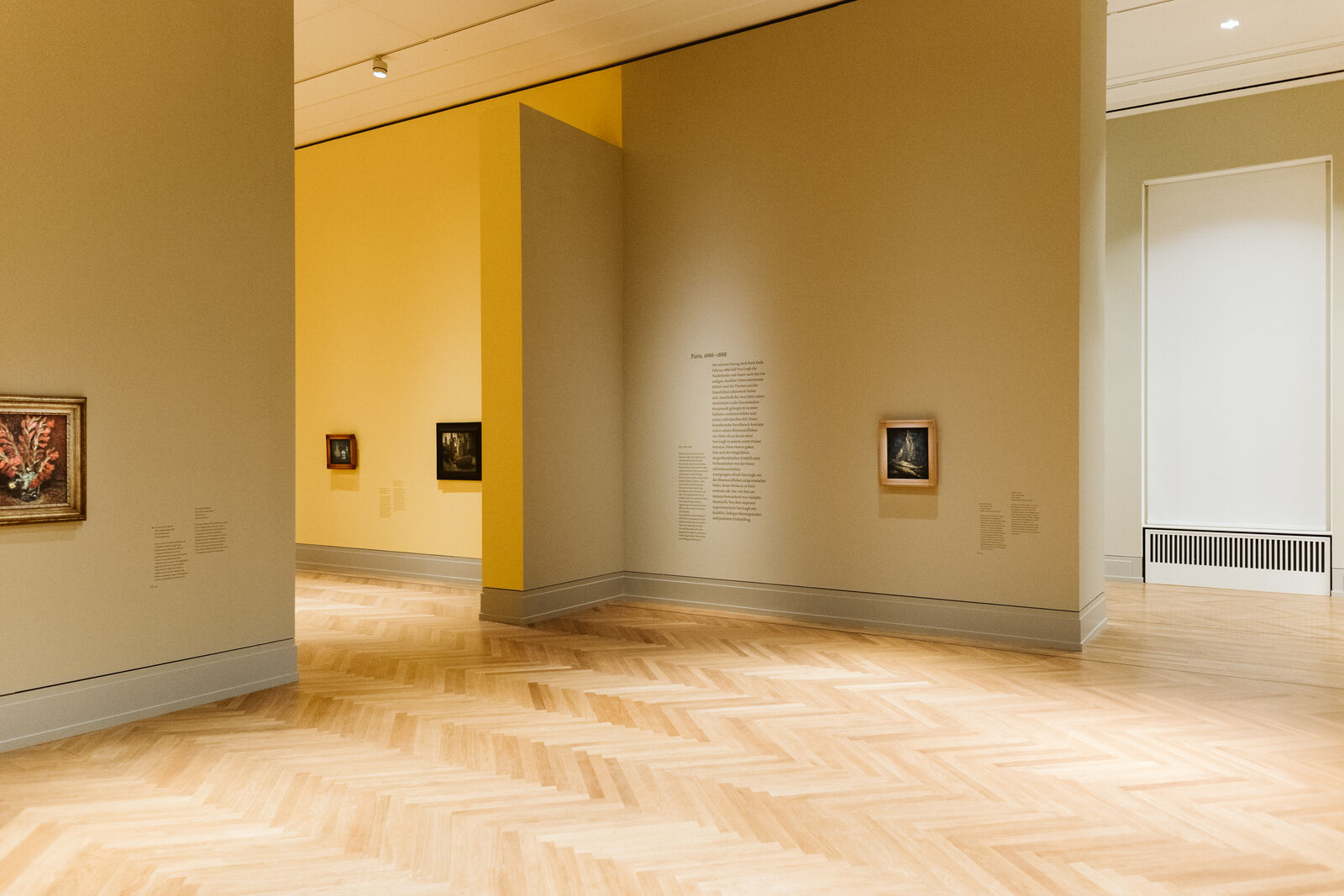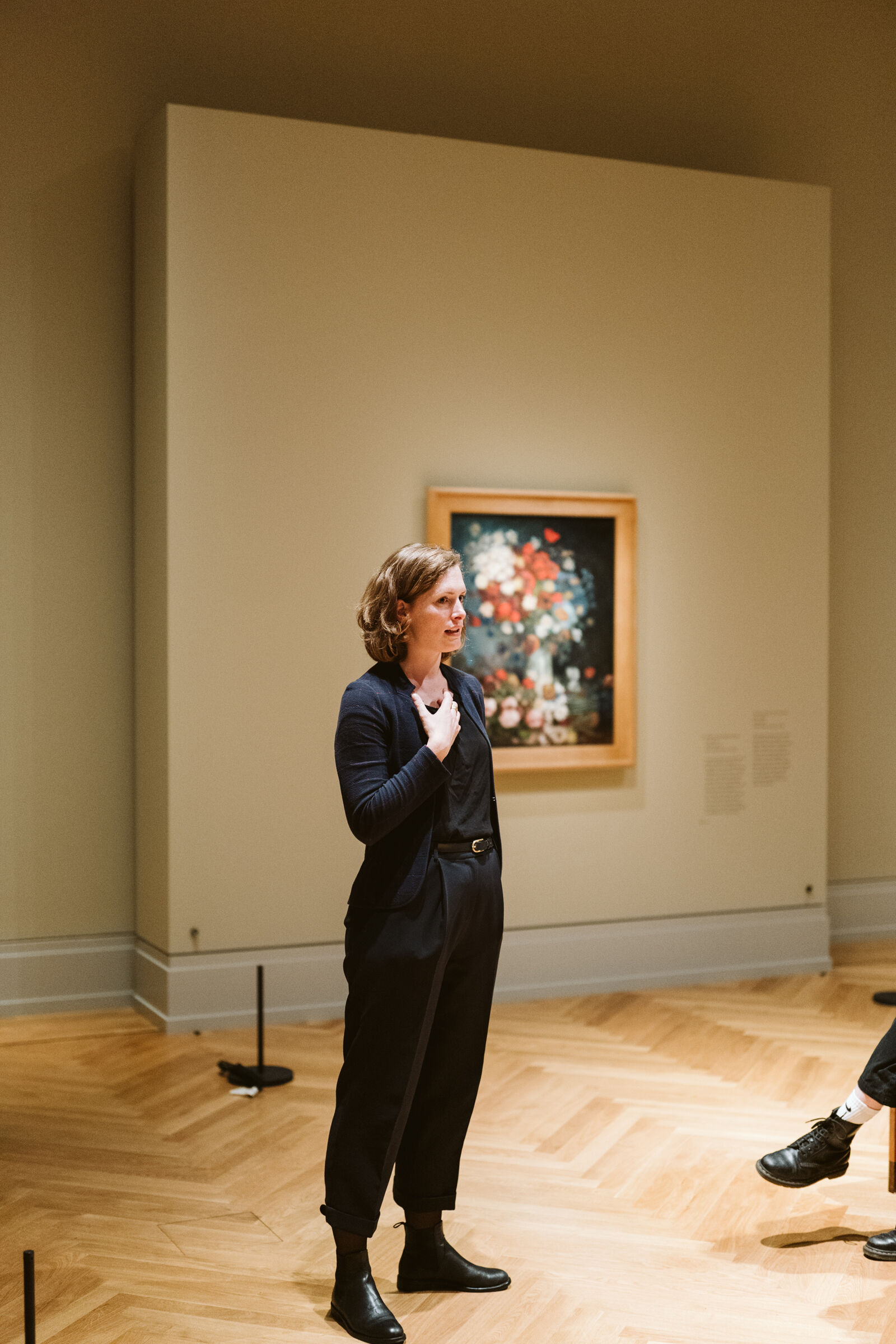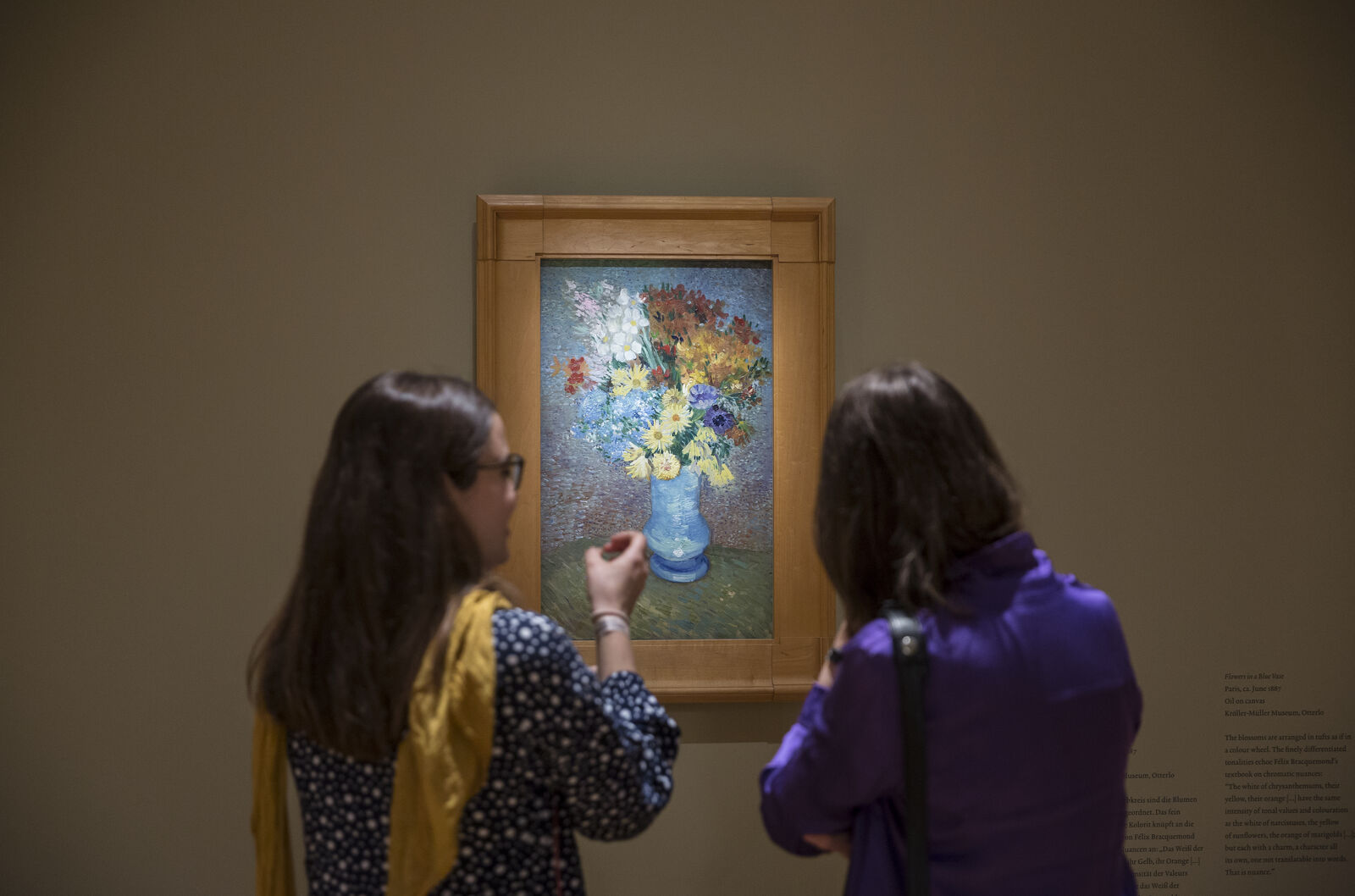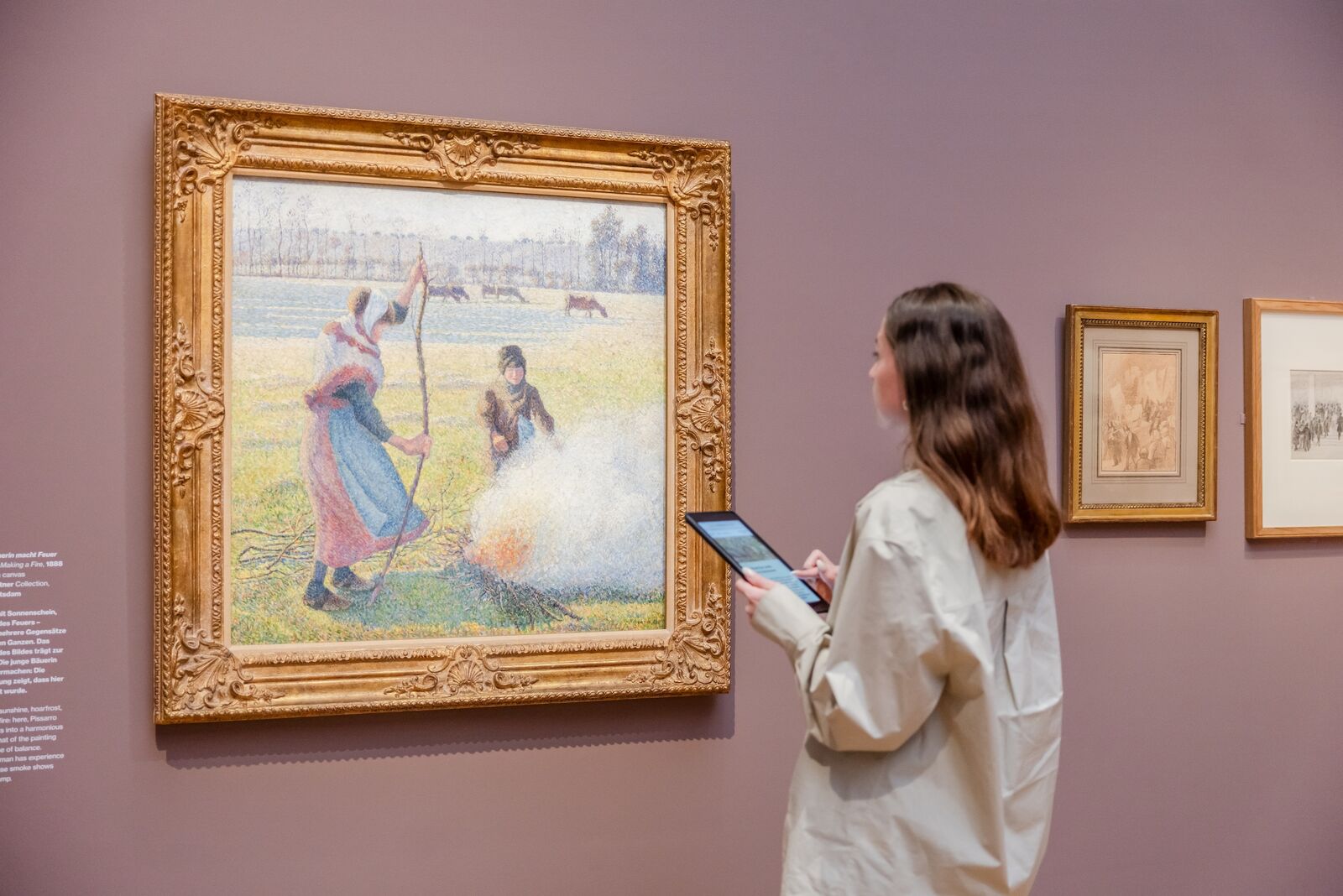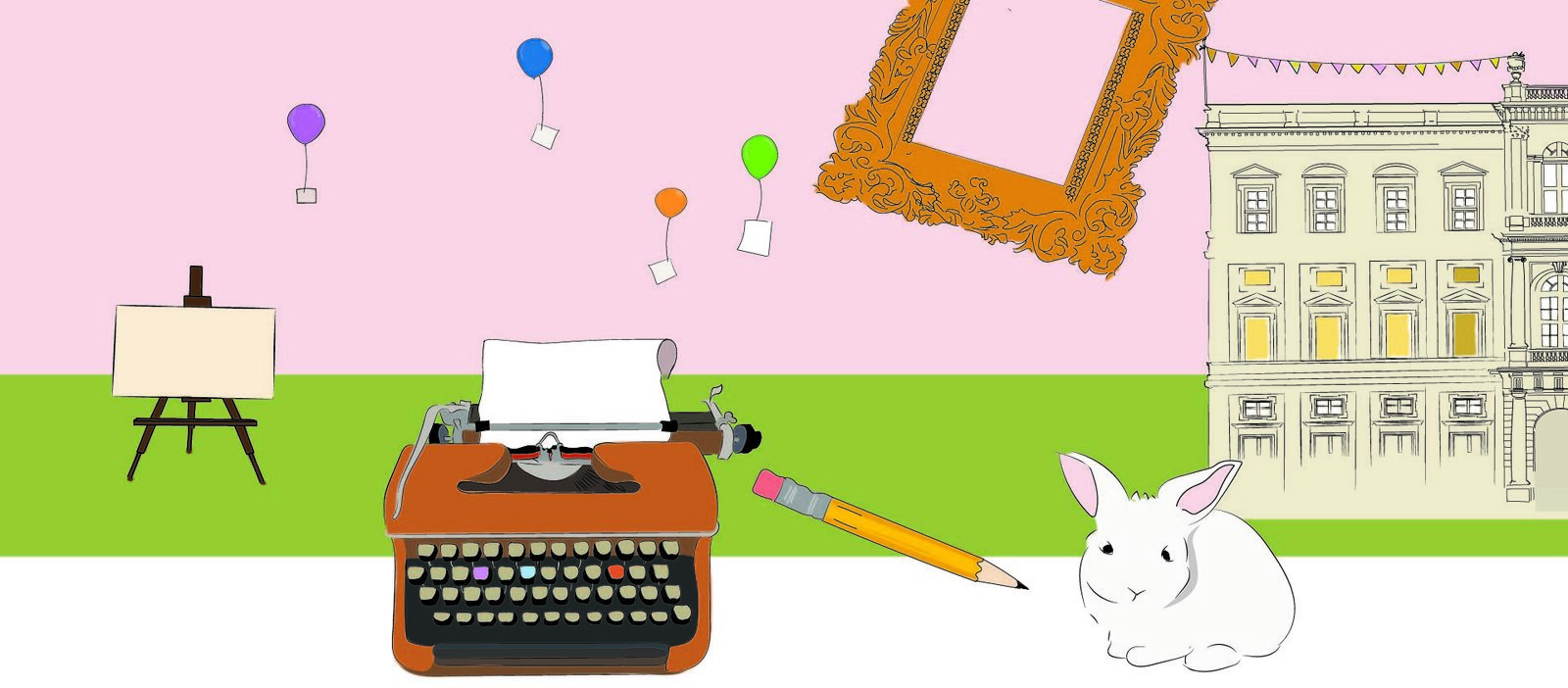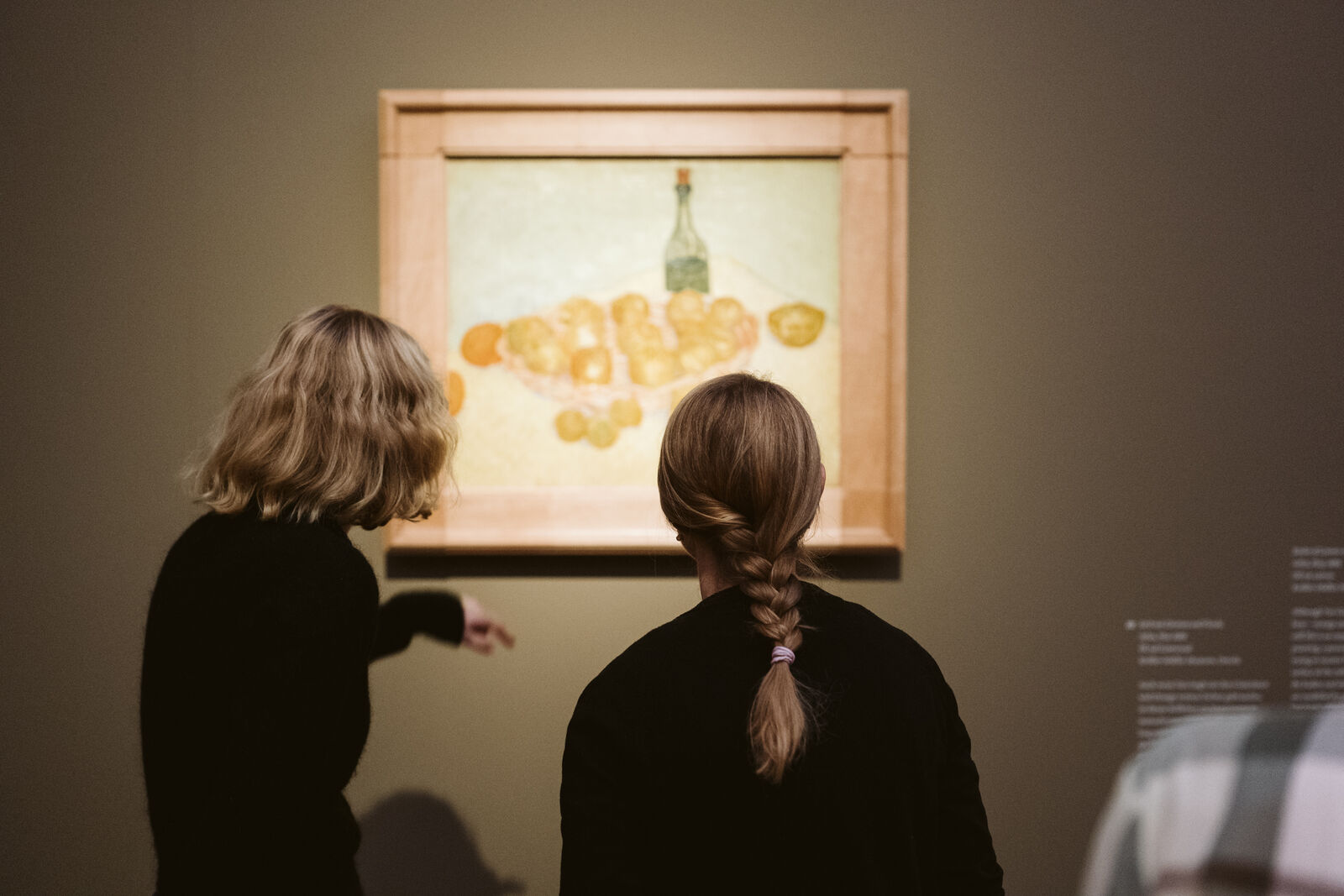
Van Gogh: Still Lifes
“Painting still lifes is the beginning of everything,” Van Gogh remarked in the winter of 1884–85. Nevertheless, before this show at the Museum Barberini, there had never been an exhibition devoted exclusively to this genre in Van Gogh’s oeuvre.
The exhibition Van Gogh: Still Lifes examined the experimental, pioneering nature of the still lifes of Vincent van Gogh (1853–1890) and, for the first time, paid tribute to the significance of this genre in his work. The artist achieved the exceptional in his still lifes: this was the perfect medium for his struggle with the expressive power of color. His persistent experimentation with the genre reflects his artistic development. He preempted modernism with this genre without forsaking the important role that still life had played in Dutch painting ever since the seventeenth century. The result is an emblematic, existential art that continues to radiate energy today.
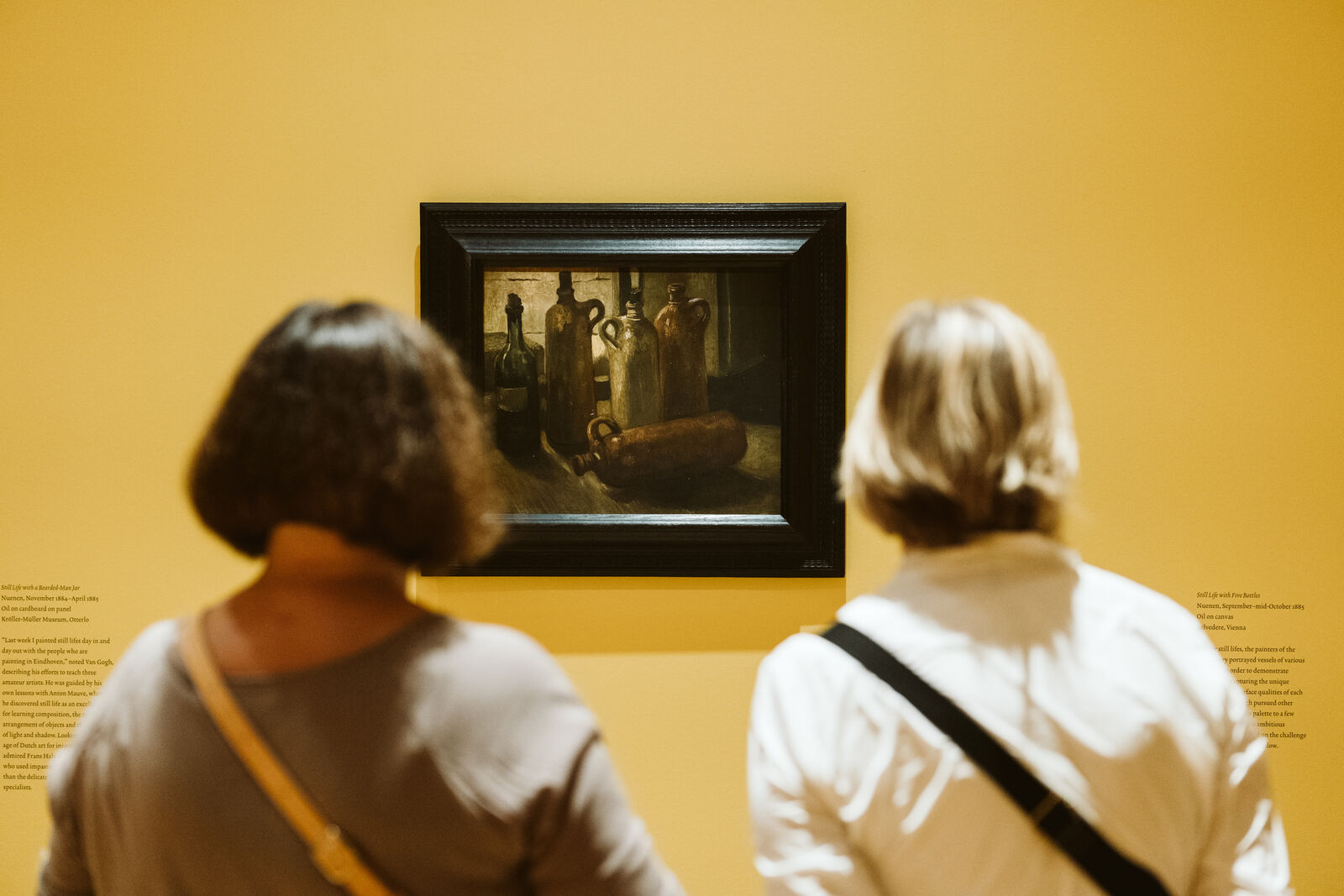
Henry Balaszeskul
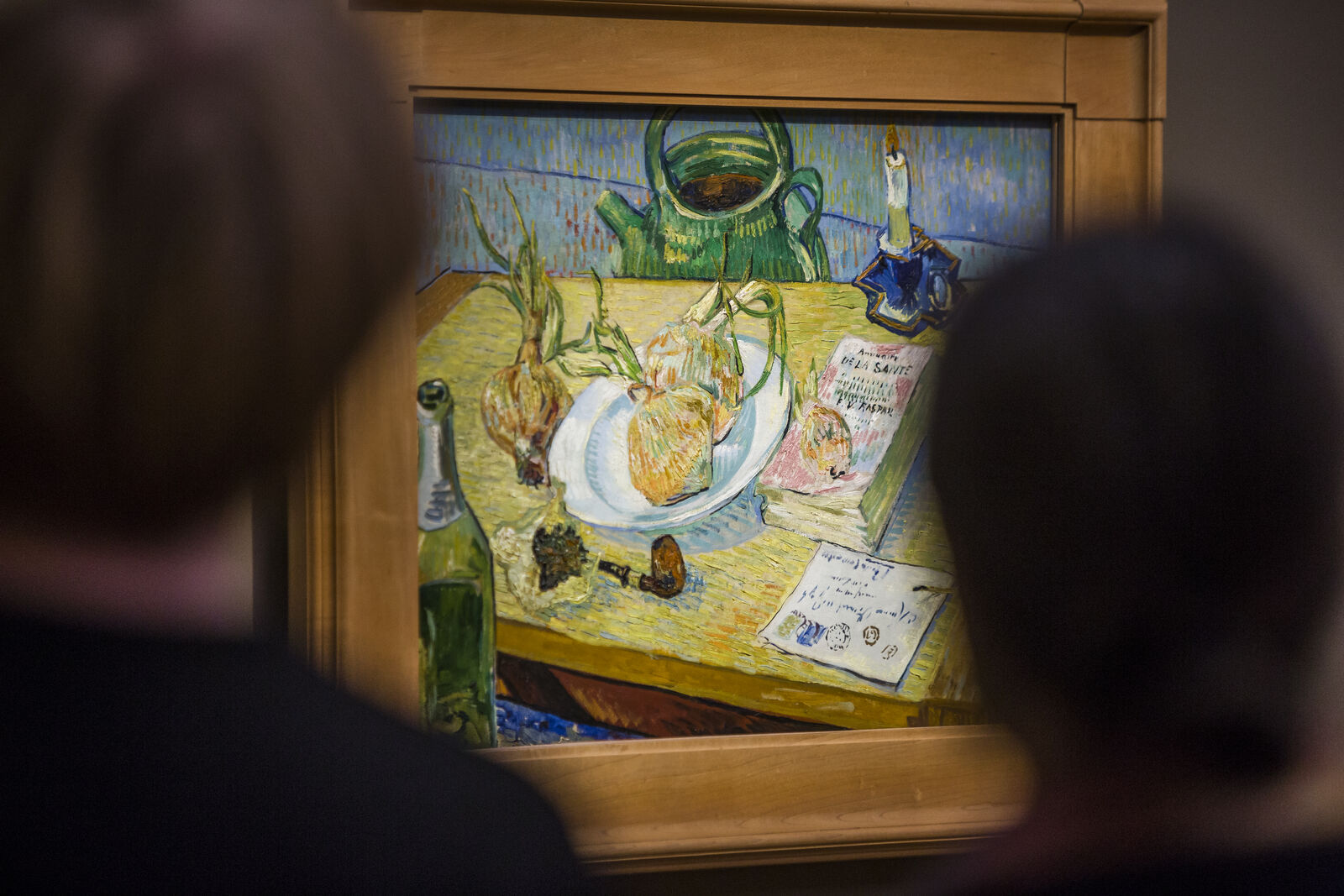
David von Becker
During the single decade he was active as a painter from 1881 until his death in 1890, Van Gogh executed over 170 still lifes. The genre offered him a framework within which to experiment with painting techniques and compositional formulae. The pictures reflect his response to Impressionism, which Van Gogh witnessed first-hand in Paris between 1886 and 1888, and also the influence of color woodcuts from Japan. The still lifes describe his journey toward an ever freer, more intensive use of paint.
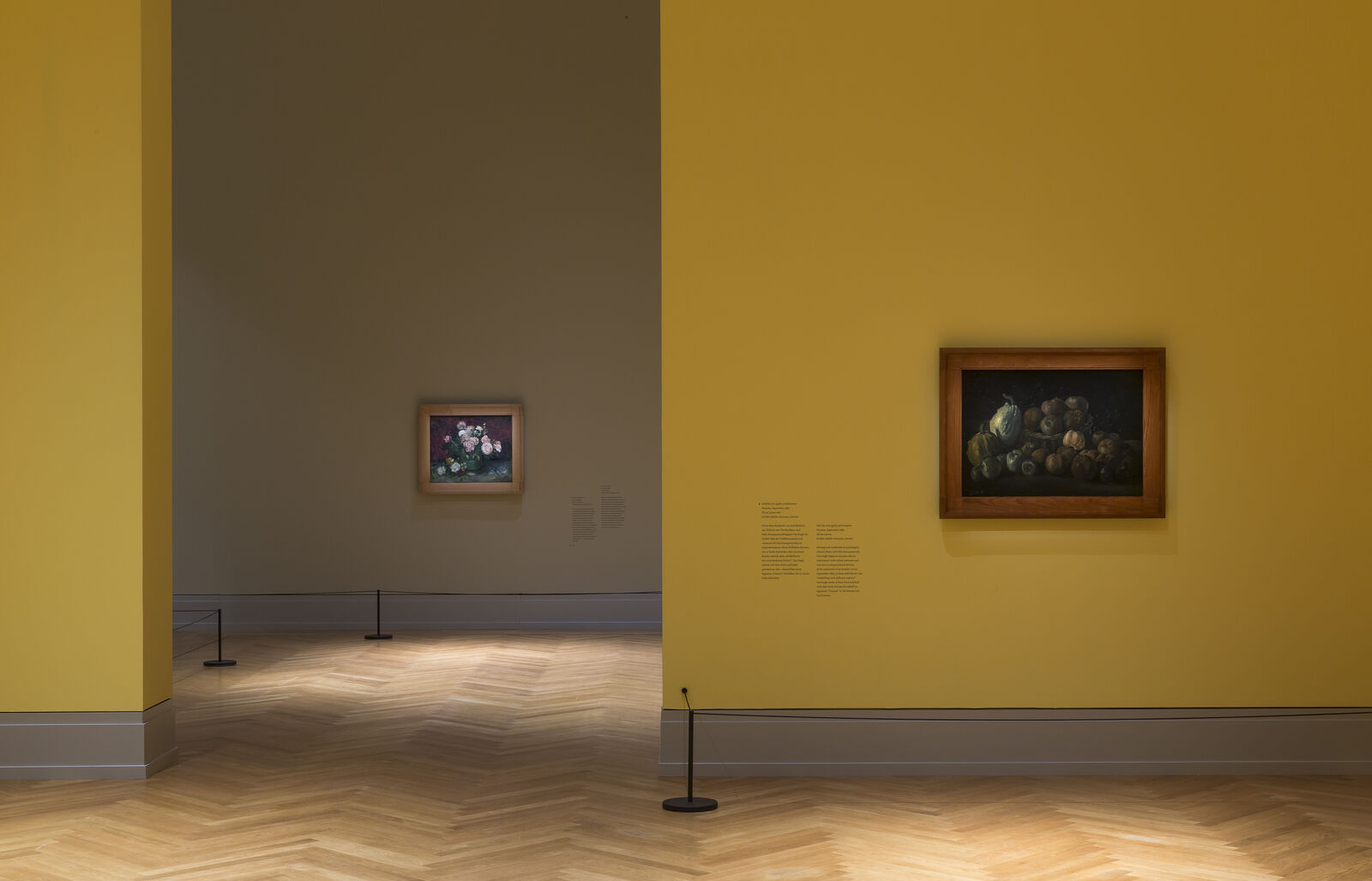
David von Becker
“The exhibition Van Gogh: Still Lifes at the Museum Barberini is the first show to focus entirely on this genre in the painter’s work—an astonishing fact given the omnipresence of his Sunflowers series. It was through his work in still life that Van Gogh achieved the exceptional.”
The exhibition Van Gogh: Still Lifes was organized by Michael Philipp, Chief Curator at the Museum Barberini. With a selection of twenty-seven compositions, it followed the painter’s artistic evolution. It traced the artist’s oeuvre from the studies painted in somber, earthy tones of Van Gogh’s early period between 1881 and 1885 to the still lifes with brightly colored fruit and flowers that he produced during his last years in Arles, Saint-Rémy, and Auvers.
In collaboration with the Kröller-Müller Museum in Otterlo and the Van Gogh Museum in Amsterdam. Under the patronage of His Excellency Wepke Kingma, Ambassador of the Kingdom of the Netherlands to Germany.
Retrospect
The exhibition attracted 165,000 visitors, the largest attendance for any show at the museum aside from its inaugural exhibition and the Picasso show. Over 1,200 tours and workshops were organized, including 300 for children and school groups. Ulrich Matthes read from Van Gogh’s letters, journalist Stefan Koldehoff spoke on the scandal surrounding the forged works of the 1930s, and the Filmmuseum showed movies and documentaries on the artist’s life.
Media Partners

